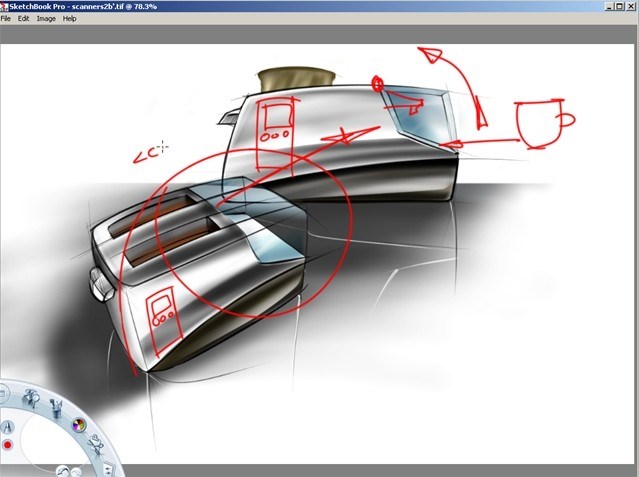
We set 1 action per timestep, 40 timesteps per episode, and the reward discount factor is 0.95 5. Left: the learning part Ψ l that aims to learn a DRL model to produce an action sequence A = Ψ l ( M ), where A =, learning rate decays after 1 × 10 5 training batches, and the optimizer is Adam. Given a raster manga image M, our goal is to translate M to a vector graphic V with accurate visual similarity. propose Im2Vec, a VAE-based method to predict vectorize parameters of input images, and the network can be trained without vector supervision. first utilize a network to convert an image to junctions, and then address an integer program that obtains the vectorized floorplans as a set of architectural primitives. sub-divide the lines into partial curves employing a deep network, and reconstruct the topology at junctions. produce parametric curves utilizing the extracted image features and a designed hierarchical recurrent network. propose a transformer-based architecture for translating technical line drawings to vector parameters. Learning-based vectorization: the goal of learning-based vectorization methods is to convert a target image to the vector format with high visual similarity. Extensive quantitative and qualitative experiments demonstrate that our Mang2Vec can produce impressive results and has achieved the state-of-the-art level. To improve our performance on visual quality and storage size, in Mang2Vec, we propose an SA reward to generate accurate stokes, and a pruning mechanism to avoid producing error and redundant strokes. Since stroke lines can be infinitely added by the DRL model, our approach has better performance on vectorizing mangas with complex textures. Then, the control parameter of each stroke is collected to be converted to the designed vector format. After enough steps, the combination of sequential stroke lines will appear as the input manga. In Mang2Vec, we propose a new view that considers an entire manga as a collection of basic primitives “stroke line”, and the sequence of strokes lines can be deep decomposed for further vectorization.įirst, start with a blank canvas, we train a DRL agent to produce the most suitable stroke line at each step by the designed rewards. Unlike these works, our proposed Mang2Vec is a vectorization approach based on Deep Reinforcement Learning (DRL). Therefore, these methods only work well in vectorizing targets with simpler structures (e.g, icons, fonts), and get trouble in vectorizing mangas with complex structures 1 1 1The vectorization accuracies are compared in Figure 5 and Figure 6. However, the DL-based methods typically vectorize an entire image in one step, and the one-step manner makes the DL model cannot handle too many parameters of vector format accurately. The other category of works is based on deep learning (DL) (e.g., ), which trains neural models to produce vector graphics utilizing the features of target raster images. The first category of works is based on pre-designed algorithms, which analyzes pixels and calculates parameters to construct vector graphics (e.g., ). Recent representative works for vectorizing images are mainly divided into two categories. Vectorization of raster images has been studied extensively in image processing, graphics, vision, and other areas. Quantitative and qualitative experiments demonstrate that our Mang2Vec can produce impressive results and reaches the state-of-the-art level. To improve our performances on visual quality and storage size, we further propose an SA reward to generate accurate stokes, and a pruning mechanism to avoid producing error and redundant strokes. Next, the control parameters of strokes are collected to translated to vector format.

We train a designed DRL agent to produce the most suitable sequence of stroke lines, which is constrained to follow the visual feature of the target manga. Unlike existing learning-based works of image vectorization, we present a new view that considers an entire manga as a collection of basic primitives ”stroke line”, and the sequence of strokes lines can be deep decomposed for further vectorization. In this paper, we propose Mang2Vec, the first approach for vectorizing raster mangas using Deep Reinforcement Learning (DRL). Compared with images of real-world scenarios, the simpler textures and fewer color gradients of mangas are the extra natures that can be vectorized. Manga is a popular Japanese-style comic form that consists of black-and-white stroke lines.


 0 kommentar(er)
0 kommentar(er)
